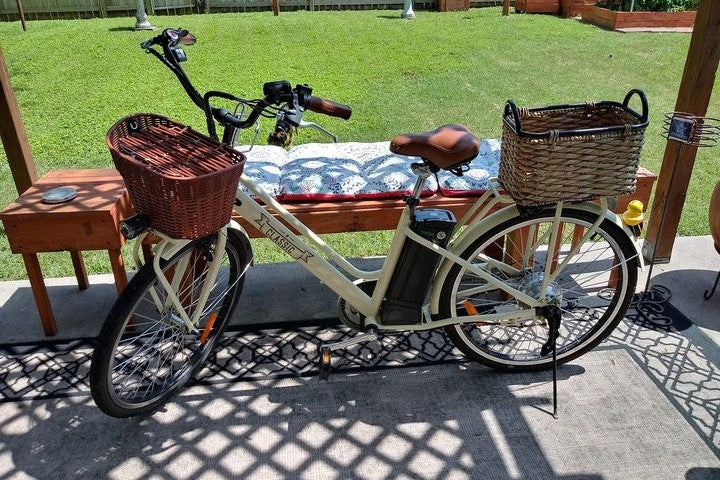
THE ULTIMATE GUIDE: What Are the Different Types of Bike Brakes?
Have you ever wondered what the different types of bike brakes are? You're in luck, because we're here to help. It's hard to believe how many different types of bike brakes and levers there are, but they all have one thing in common: they all stop your bike when you want them to.
Get $50 off your first order
Sign up for special offers and updates
How Do Bike Brakes Work?
To understand the different types of bike brakes, it's necessary to understand exactly what brakes are and how they work in general. Essentially, brake mechanisms slow down or halt forward movement by applying pressure on moving parts. This can be done through friction (rubber against metal) or with an electric current that heats up the brake pads when activated by a rider's hand lever or handlebar button.
Bike brakes are mounted on the wheels and use friction to slow the bike. By pressing down on a brake lever, you cause the brake pads to apply pressure against the rim of your wheel, which reduces its spinning speed and slows you down.
Brakes come in all shapes and sizes, but they all function in basically the same way: applying pressure to one end of a lever causes another end (a pad) to press against part of your bike's frame or rims. That's how they work!
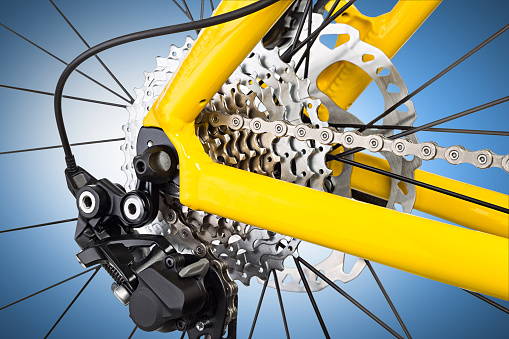
What Are the Different Types of Bike Brakes?
There are several different bicycle brake types, each with its own advantages and pitfalls. To help you pick out the right type for your riding style, we've included a brief overview of each below.
There are three main categories of bicycle brakes: rim brakes, disc brakes, and hydraulic disc brakes. Disc brakes work by pressing pads against the wheel's discs. Hydraulic disc brakes use hydraulic pressure from a reservoir within the system to compress a piston on each side of the rotor and stop it from rotating.
There are three types of brakes: rim, disc, and drum. Whether it’s bike brakes hydraulic or bike brakes disc, each type of brake has different advantages and disadvantages.
Rim brakes: Rim brakes are the most common type of bicycle brake. They use friction between the rim of the wheel and a pad on the end of the cable to slow down or stop a bicycle. Rim brakes are inexpensive and easy to maintain, but they may not be ideal for heavy riders or those who ride downhill because they require more frequent maintenance and replacement of pads due to wear and tear than other types of bikes.
There are four different types of rim brakes: caliper brakes, cantilever brakes, U-brakes, and V-brakes.
Caliper Brake - Caliper brakes are the most common type of rim brake in use today. They're also called side-pull brakes. The name comes from the fact that the cable is connected to one side of the brake rather than both sides like on other types of rim brakes.
Cantilever Brakes - Cantilever brakes are also called a direct pull or linear-pull because they use a cable that runs directly from one side of the dropout or fork blades to the other side without any pulley systems or housing in between.
U-Brakes - The U-brake system has a few advantages over cantilever and disc brakes. First, it uses a U-shaped brake lever with a greater range of movement. Secondly, it does not require as much maintenance as other types of braking systems. However, this type of brake does not offer much stopping power due to its design and limited braking surface area.
V-brakes - A v-brake is similar to a U-brake in function but it has two arms that pivot in a curved V shape.
Disc Brakes: Disc brakes are found at the hub of the wheel and have pads that are located in the front or behind the disc (depending on if you're riding a front or rear-wheel drive bike). The advantage to having discs is that they allow for more stopping power than other brake types because there's less resistance from the rim itself.
Additionally, because they're located at the hub instead of in-between spokes like v-brake systems, it makes them easier to repair if you get stuck out on some trails with no cell service.
Disc brakes use friction between two metal discs (one attached to each wheel) and pads on a caliper mounted near the fork to slow down or stop a bicycle. They are commonly found on mountain bikes because they are very powerful and do not require frequent adjustment or replacement like rim brakes do.
However, discs have one drawback: over time they can wear down rims due to heat generated during braking which can lead to cracks appearing along either side seam where spokes attach. So make sure yours don't look like this before hitting those trails again. Discs don’t require maintenance, but they also can be expensive, heavy, and more difficult to install.
Drum brakes: Drum brakes use friction between two drums (one attached to each wheel) and pads on a caliper mounted near the fork or frame tube to slow down or stop a bicycle. They are commonly found on children's bikes because they are cheap, light weight, and easy to install and maintain; however, they don't provide much stopping power compared with other types of brakes.
Drum brakes work by pressing a pad against the inside of a hollow cylinder. When you squeeze your brake lever, it rotates this cylinder, which in turn presses the pads against the inside of the cylinder. The pads then squeeze together and stop your bike.
The main advantage of drum brakes is that they're easy to install and maintain, so they're often placed on entry-level bikes or bikes sold at big-box stores. They're also quite reliable—if you keep them maintained well (which means greasing them regularly), you'll rarely have problems with them.
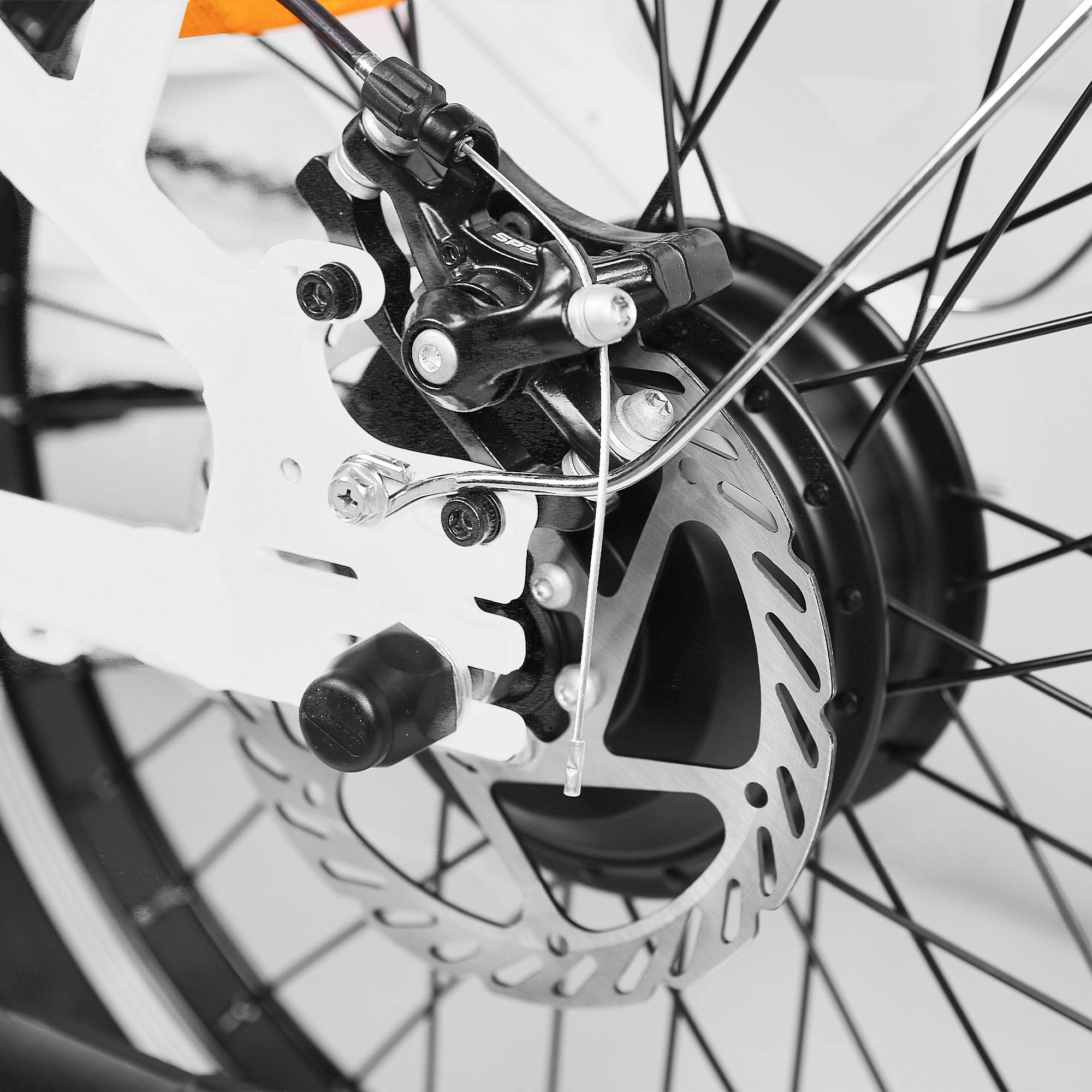
EXPLAINED: What Type of Bike Brakes Should Your Bike Have?
As you can see, there are many different types of bike brakes. The type that is best for you depends on the type of riding you do and what kind of bike you own. If you're not sure which one to choose, talk to an expert at your local bike shop about what would be best for your needs.
Different types of bike brakes are used depending on the type of bike you have and what kind of riding you're going to be doing.
Caliper brakes are the most common type of brake, and they're best suited for road bikes or mountain bikes. They work by clamping onto the rim of your wheel, which slows down your bike as you roll over it. These types of brakes are great for long rides because they don't require much effort to use.
Disc brakes are another popular option, but they're best suited for mountain bikes or hybrid bikes. Disc brakes work by applying pressure directly to the tire itself, which slows down your bike as you roll over it. These types of brakes require more effort than caliper brakes do because they're harder to maintain, but they also offer more stopping power than caliper brakes do.
In the case of NAKTO e-bikes, you can expect to get a front V-brake and rear expansion brakes for the following models: Camel FW 250, Camel FW 350, Camel FW 350V, Camel FB 250, Camel FB 350V, Camel M 250, and Camel M 350V. For other models, you can usually get a front and rear disc brake type.
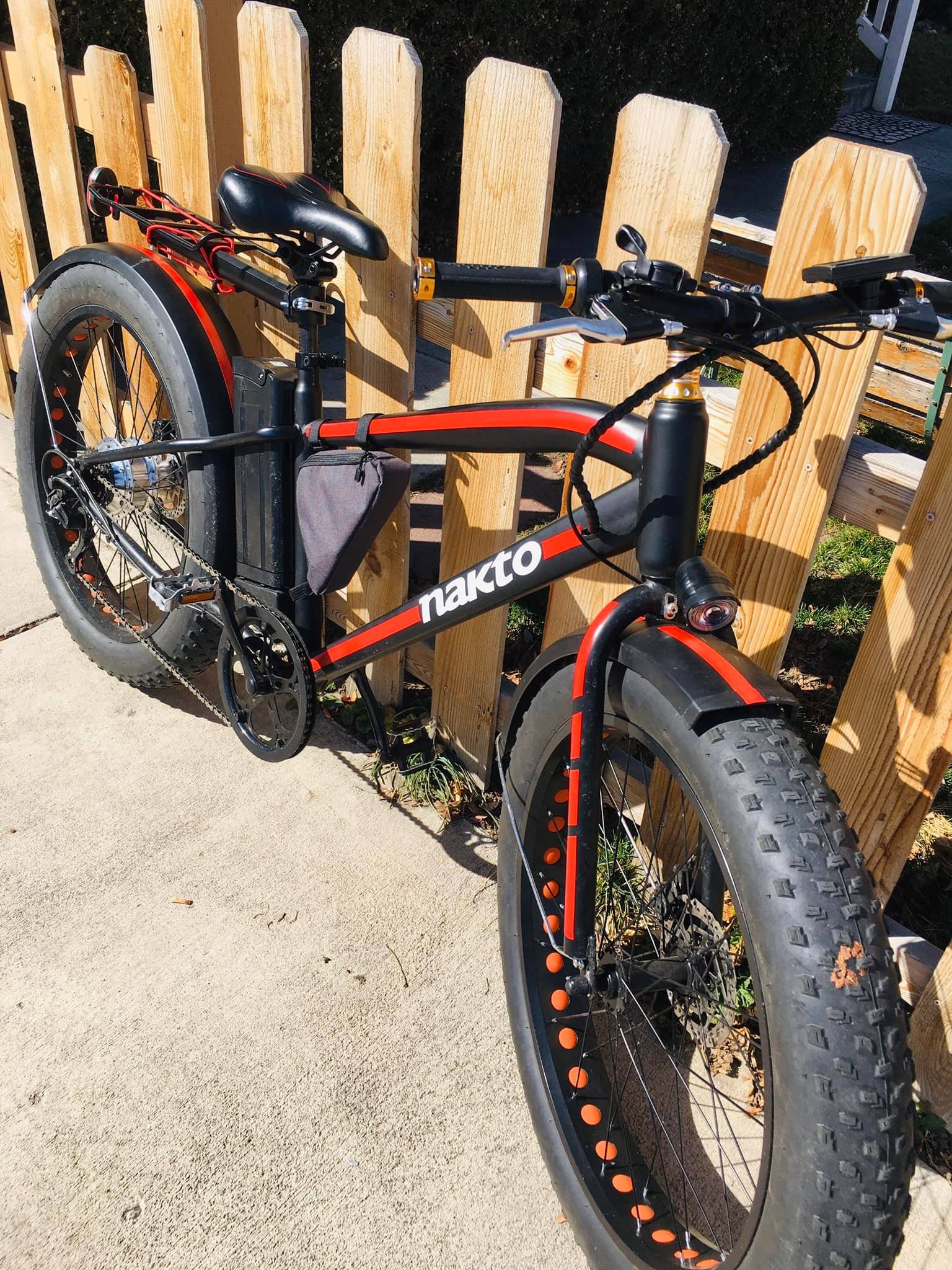
LIFE HACKS: Consider the Following Factors When Choosing The Best Bike Brakes
When deciding which brake system is right for you, consider the following factors:
All-conditions performance. Brakes that are good in all conditions may be more expensive, but they'll save you money in the long run by preventing your bike from getting damaged by corrosion or rust. Make sure you pick the right model that can avoid bike brakes squeaking and other problems.
Responsiveness. The responsiveness of the brake matters if you ride on steep hills or off-road terrain where stopping quickly is important to keep yourself safe and avoid falls.
Rim life. Some brakes can wear out your rims faster than others over time because they require more pressure to stop the wheels from spinning. This causes excess friction between them and the rim itself when used excessively over time due to repeated stops during riding sessions (or even just one stop).
Easy repair. Before you search for “bike brakes near me”, it's important to first consider how easy it is to repair them. This can be especially important if you're riding in an area where the roads are rough, or if you ride on trails that have lots of obstacles like rocks and sticks.
If your brakes are too difficult to repair, they may not last as long as they could have. They might also be more likely to fail at inopportune times, which can lead to serious injury or even death.
Maintenance. This is an important factor when choosing the best bike brakes. Brakes are one of the most important parts of your bike, so you want to make sure that the one you buy can be easily maintained.
The best way to maintain your brakes is by lubricating them regularly. This will keep them from getting rusty and help them last longer. You can also buy some brake cleaner spray at any local bike shop, which will remove dirt and debris from the braking system.
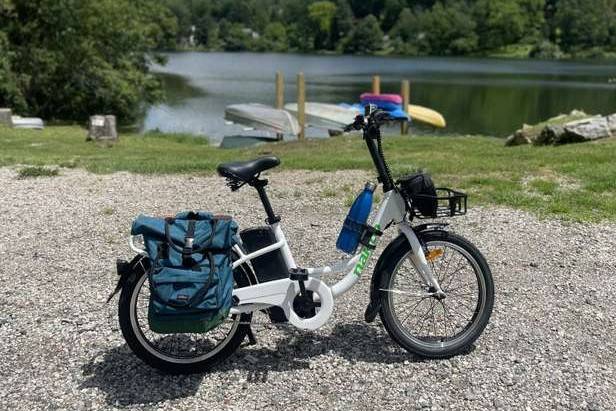
QUICK FACTS: Popular FAQs for Bike Brakes
Which brakes are best for bikes?
Bike disc brakes have the potential to be the most reliable and efficient when compared with rim brakes. However, there are still many people who choose not to use them due to the added weight that they carry. If you decide to go with a traditional set of rim brakes, it is important that you understand how your bike works so that you can keep it safe and running smoothly for years to come.
Where are the brakes on a bike?
You can find the brakes on your bike by looking at the handlebars. There will be two small levers sticking out of them, and the brakes’ ends are located at the front and back of the wheels.
Do disc brakes make noise?
Disc brakes are extremely effective and powerful, but they also make some noise when they're working. It's important to keep in mind that this noise is normal and not a sign that something is wrong with your brakes, unless it is not working normally.
How long do brake discs last?
Experts suggest that the average disc should last around 50,000 miles. This is not an exact science, though, so in some cases, it may be shorter or longer.
How do I know if my bike disc brakes need replacing?
If your bike disc brakes are still working well, but you're looking to replace them anyway, the general rule is that they should be replaced when there’s about 1mm left in thickness, starting from 3-4 mm. If they start squeaking or making noise, it's time to replace them, too. If they feel gritty when you squeeze them, or if they don't stop as quickly as they used to, that’s also the time to replace them.
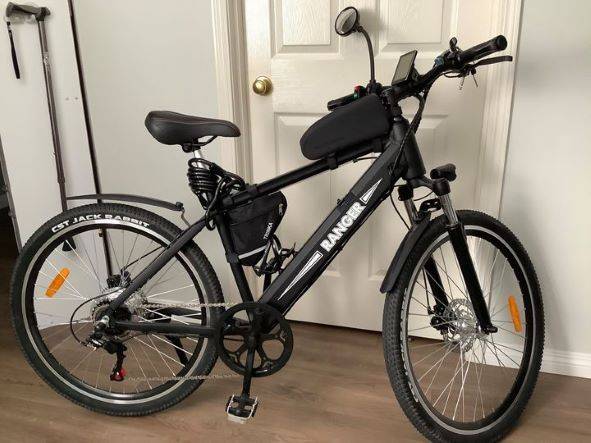
Conclusion
Hopefully, we’ve cleared up some misconceptions about bike brakes. You now learned here that good bike brakes are just as important to your safety as good tires and a reliable chain. Fortunately, NAKTO e-bikes have amazing bike brakes and levers!
Most bikes use rubber brake pads that wear down over time, but NAKTO e-bikes come with a patented disc brake system that uses an air-powered piston that never easily wears out. This means that no matter how many miles you ride or how many years you own your bike, your brakes will work just as well as the day you bought it.
They're made from high-quality materials, so they'll last a long time, and they're easy to use. And when you squeeze it, you can feel how powerful it is—it'll stop you right in your tracks!

